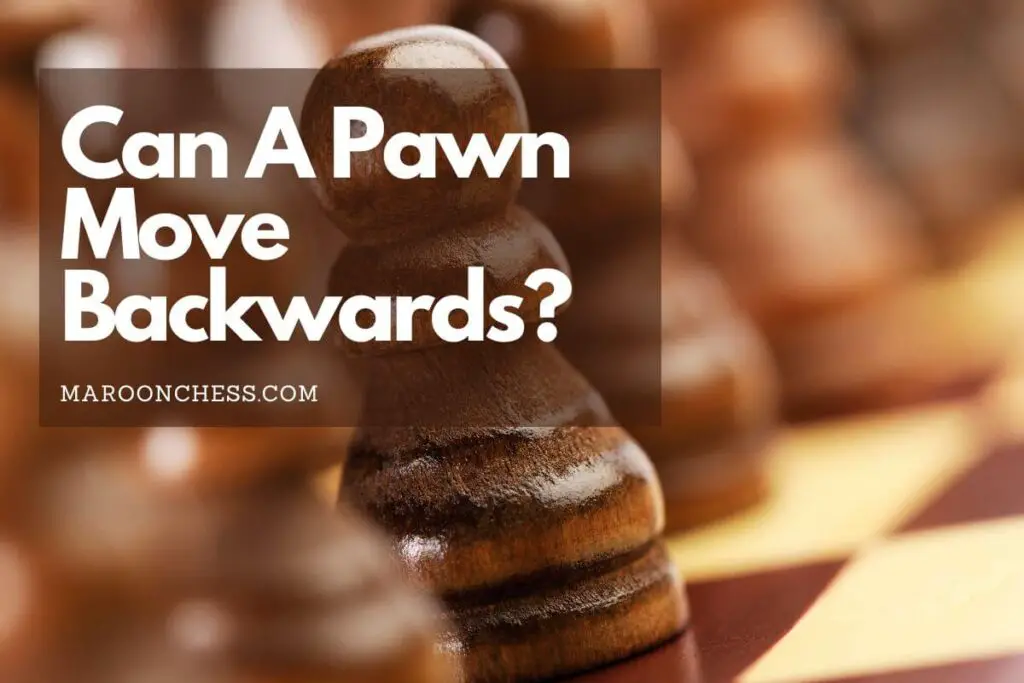A pawn is the weakest piece on a chess board and is only worth 1 point. This is because it only moves one square forward unlike the other pieces that are long ranged.
A pawn that has journeyed to the last rank of the chess board can no longer advance forward as it reaches the end of the playing area. This begs the question, can a pawn start moving backwards once it reaches the edge of the board? What really happens when the pawn reaches the other side of the board?
Read on to find out the answers.
Can A Pawn Move Backwards?
Pawns move forward, never backwards. They move one square forward or 2 squares forward on their first move. Because pawns can never move backward, you should be careful not to overextend them as they can become weaknesses and targets of attack.
A pawn cannot move backward
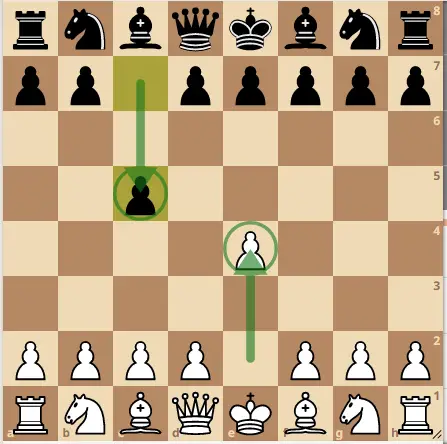
The pawn is the only piece that cannot move backwards on the chess board. Even The bishop can move diagonally backwards and the knight can move backwards in a “L” shape.
All the pieces can move backwards except the pawn.
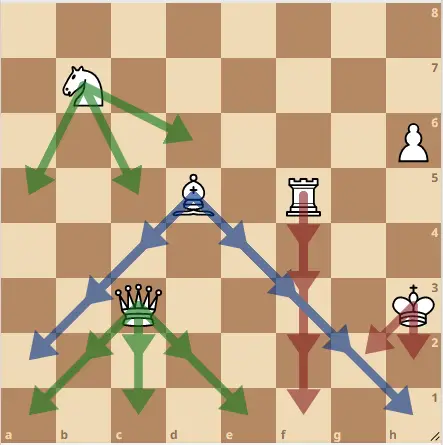
Why You Should Be Careful When Advancing Your Pawns Forward?
Whenever you push a pawn forward, it leaves the square that it was protecting (the square diagonally left or right of the pawn). This creates what is known as a weakness, a square that is not defended by a pawn or piece.
The pawn cannot move backwards to no longer protect over this square, which is why you should be careful in advancing the pawn forward in the first place.

In the above diagram, Black advance his pawn to g6, which weakens the f6 square around the black king. The g6 pawn can never move backwards to protect this square again.
If there is any pawn you should be careful of pushing, it’s definitely the kingside pawns. Pushing pawns around your king create weak squares that your opponent can attack. In this example, white can exploit black’s weakness with the move bishop to g5 at some later point in the game.
Also, if white can get rid of black’s dark squared bishop, then the weaknesses around the black king would become more prevalent.
White can also advance his h pawn forward and attack black’s fianchettoed kingside which will activate the white rook on the h-file.
Can A Pawn Move Backwards When Capturing?
A pawn moves one square diagonally forward to the left or right when capturing a piece. It doesn’t capture backwards.
Green arrow shows how the pawn captures a piece

After capture

A pawn doesn’t capture the piece directly in front of it either, as some beginners may think. For example, in the following position, neither the white or black pawn can capture one another. Neither can they advance forward as they form a blockade.
Blockade prevents pawn from advancing forward

A blockade is when a piece prevents another piece from advancing forward.
Special Pawn Moves
We now know that pawns can’t move backwards. They only move forwards and attack one square diagonally. Now we will discuss some of the special moves a pawn can make so you can master everything about them.
There are 2 special moves a pawn can make:
- en passant
- promotion
En Passant
When seeing this move for the first time, it may appear a little bit strange. En passant is a special move that grants a pawn the ability to capture a pawn beside it.
If your opponent moves his pawn two squares forward and lands it next to your pawn, you can immediately capture that pawn by moving your pawn one square diagonally forward to the square that the enemy pawn passed over (as if the enemy pawn had advanced only one square).
Black’s e-pawn just advanced 2 squares forward and landed next to the white pawn on d5. White can now perform en passant.
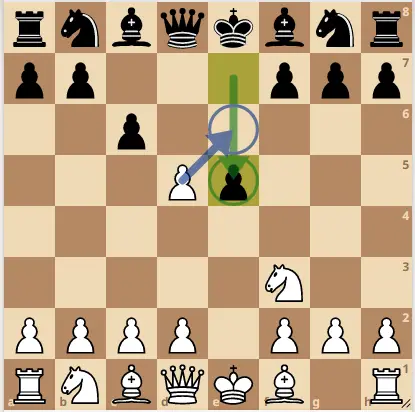
Note that en passant can only be done just immediately after the pawn advances 2 squares beside your pawn. You wont have the opportunity to do it again on the next move.
Pawn Promotion
The second special move a pawn can make is to turn into a stronger piece once it journeys to the end of the board. You can promote a pawn to a queen, rook, knight or bishop once it reaches the other side of the board (8th rank for white/1st rank for black)
In over the board chess, the pawn must advance to the backrank before you can exchange it for a piece of higher value. This means you cannot place a queen on the board if the pawn has not moved to the 8th rank.
Pawn must advance to the 8th rank before exchanging it for a queen.
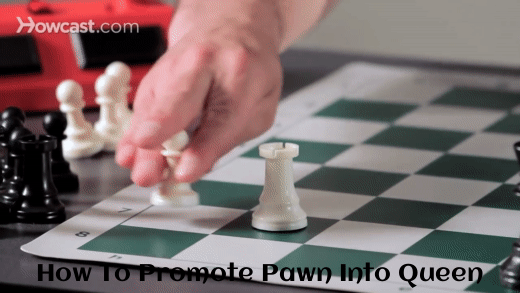
Why Can’t The Pawn Move Backwards In Chess
If the pawns could move backwards, it wouldn’t make for an interesting game. You could do whatever you want. without any repercussions. The chess game would also be longer than usual and perhaps even move complicated
The chess pieces depicts various soldiers and weapons of war. During war, we know that the soldiers always advance forward and not backwards. This could explain why the pawns can only move forward in the game of chess.
Final Verdict
Pawns are the soul of chess. Without them, chess would not make for an interesting game. The pawns never move backwards. They can only move 1 square forward or 2 squares forward on their first move from the initial position.
Because pawns can’t move backwards, then you should be cautious when moving them forward as they can’t go back to protect against weak squares that they have created.
Pawns in the center should be pushed forward such as your e and d pawns. This helps to control the center and grants lines and space for your pieces. However, when it comes to your kingside pawns, you should think twice before moving them forward.
These pawns serve as a shelter for your king. Advancing them forward will only ruin this shelter and create weak squares around your king.
Related Post:

